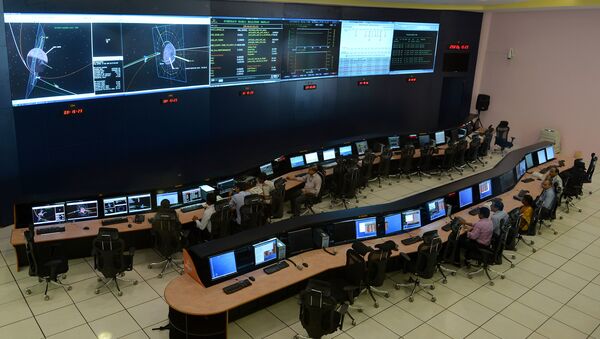The ISRO and its commercial arm Antrix will use the Polar Satellite Launch Vehicle (PSLV) to put into orbit five British satellites from the spaceport of Sriharikota.
PSLV-C28 / DMC3 Mission to be launched on July 10, 2015 — http://t.co/81cF9w15DM pic.twitter.com/RVmo8zTu8Z
— ISRO (@isro) July 3, 2015
ISRO chief Dr K Radhakrishnan said in a statement that scientists have completed “the difficult task of mounting the heavy weights on PSLV.” The total weight of the five satellites will be approximately 1,440 kilograms, making the mission the heaviest ever undertaken by ISRO and Antrix.
The payload includes three identical DMC3 optical Earth observation satellites, each of which measuring 3 meters tall and weighing 447 kg. The rocket will also carry two auxiliary satellites built by the British Surrey Space Centre (SSC). One of those is CBNT-1, a technology demonstrator Earth observation microsatellite, and the other is De-OrbitSail, a technology demonstrator nanosatellite, the ISRO statement reads. They weigh 91 and seven kilos respectively.
To mount the satellites onto the launcher, Indian scientists designed a circular Launcher adaptor and a triangular deck called a Multiple Satellite Adapter-Version 2 (MSA-V2) specifically for this mission. The satellites will watch various urban development undertakings and monitor disasters.
The heaviest ISRO mission to date was France's SPOT 7 satellite, which weighed 714 kg.



